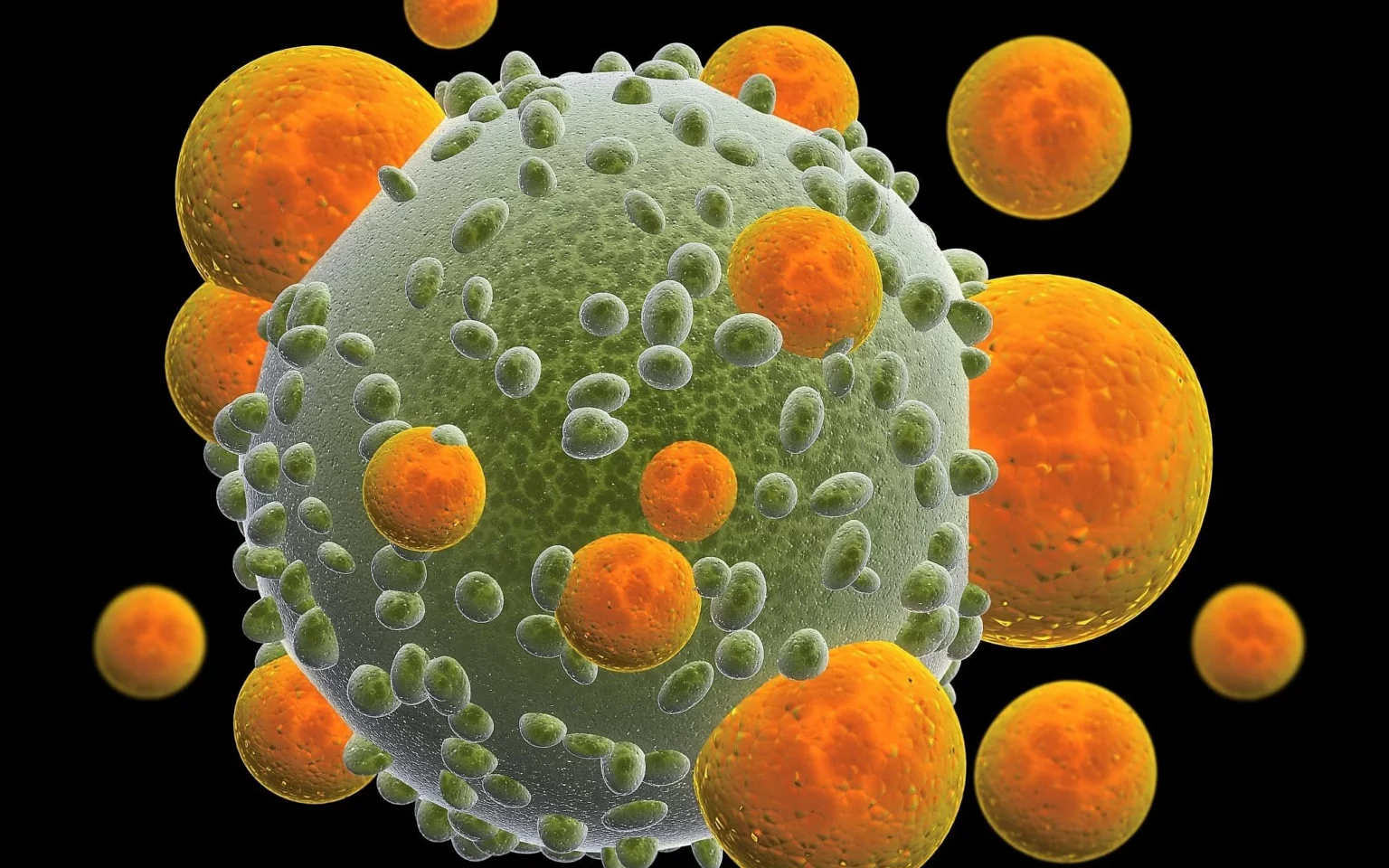A group of Israeli scientists from the Weizmann Institute of Science in Rehovot has unveiled a forgotten innate protein that holds the power to combat viruses and enhance bodily immunity in various species. The findings, published in the journal Cell under the title “Ultrafast distant wound response is essential for whole-body regeneration,” shed light on a previously unknown immune system present in a wide range of living organisms, spanning from corals to bees.
The central player in this newly uncovered immune system is adenosine triphosphate (ATP), a molecule recognized as the primary energy “currency” for all living organisms on Earth. The researchers have discovered a novel family of proteins that utilize ATP to deplete cells of their energy, effectively safeguarding them from viral invasions. This innate defense mechanism, despite being long-forgotten, has survived over a billion years of evolution.
One of the most intriguing aspects of this discovery is its widespread presence in various organisms. While initially identified in bacteria, the scientists found that this immune strategy is utilized by many complex organisms as well. Fungi, insects like bees, corals, and sponges are among the organisms shown to manufacture immune ATP-cutting proteins, highlighting the prevalence of this defense mechanism.
The research was initially focused on understanding the molecular tactics bacteria employ against viruses known as bacteriophages, which inject their genetic material into bacteria, hijacking their machinery to replicate themselves. The scientists honed in on a gene that inhibits a phage’s ability to reproduce and spread throughout the bacterial colony. This gene was found to encode a protein that irreversibly damages and destroys cells.
The surprise came when the researchers observed that this protein was not exclusive to bacteria. They examined the genomes of tens of thousands of bacteria and uncovered over 1,000 immune genes functioning similarly to the newly discovered protein. This revelation points to a shared immunological strategy present across various bacterial species, providing them with a potent defense against viral threats.
Although the immune protein has not been found in humans, researchers believe it could be an ancient precursor to the proteins that constitute our own innate immune system. The study’s findings signify a significant shift in how researchers approach the study of immune systems. Instead of solely studying advanced organisms to uncover bacterial immune strategies, this research demonstrates the potential for understanding the defense mechanisms of complex organisms by studying those of bacteria.
Dr. Rotem Sorek, whose lab played a pivotal role in the study, emphasized the broader implications of their findings. He stated, “ATP molecules are among the most widely occurring in nature, so clarifying their role in immunity can greatly contribute to understanding the defense strategies that countless organisms use when attacked by viruses.”
The discovery of this forgotten immune protein not only sheds light on the intricate and adaptable nature of immune responses but also opens up new avenues for research in the field of immunology.




